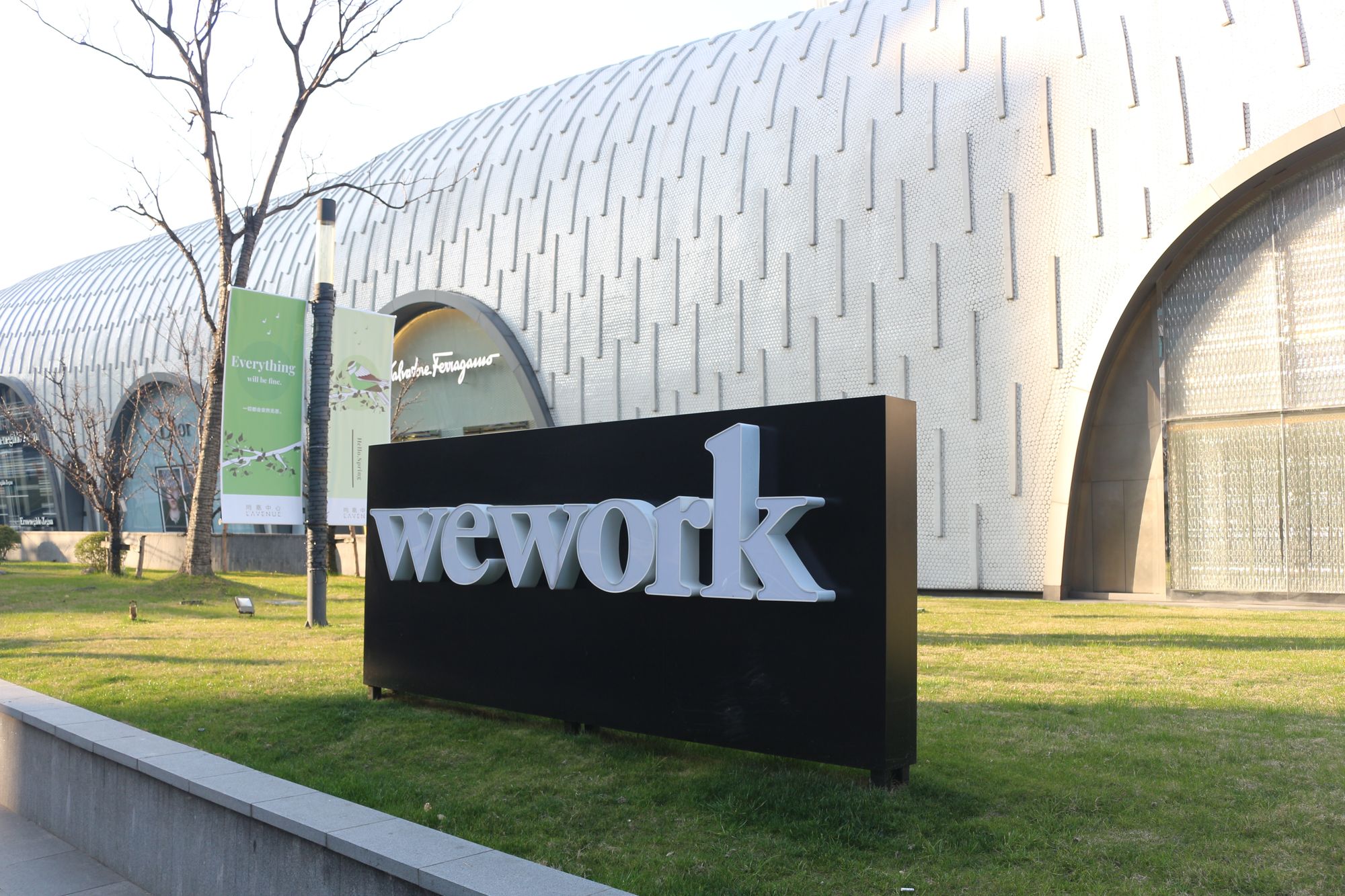How did WeWork Become WeCrashed?

WeCrashed is about the founders and investors of WeWork, a company specializing in shared offices, and is currently listed on the New York Stock Exchange (NYSE). We can easily find WeWork signs in major cities worldwide, including Seoul. But why do we say that WeWork "exploded"?
The reason is that WeWork's value, which reached $47 billion in 2019, plunged to $8 billion just before the company's IPO, which is only a fifth of what it once was. As a result, investors, entrepreneurs, and employees who received stock options failed to realize their expected returns. Let's go back to the early days of WeWork's founding.
Adam Neumann, the CEO, had a silver tongue, and Miguel McKelvey, a COO (Operating Executive) was armed with special architectural knowledge and a sense of interior design. Through these strengths, the two grew WeWork by creating synergies in the early stages of the company. Furthermore, Adam's wife Rebekah created a brand called 'We' to connote the image of a shared office. Rebekah also served as a Chief Branding Officer (CBO). With these three people at the helm, the seeds of bold business expansion were planted.
The Neumanns had no additional capital other than marriage funds and no experience in the leasing industry. However, Adam used his excellent sales skills to secure successive leases of offices in major cities. He began to attract the attention of numerous investors and the media. But despite WeWork's apparent success, there were business problems lurking beneath the surface.
Problem 1. Business model
At first glance, WeWork looked like a successful startup using Google and Amazon's 'blitz scaling' strategy. According to <Blitzscaling: The Lightning-Fast Path to Building Massively Valuable Companies, written by Reid Hoffman, Chris Yeh>, blitzscaling is:
- A management strategy in which a company with an innovative business model prioritizes speed over efficiency and consumes significant capital but concentrates on business expansion.
Even though WeWork used blitzscaling, its problem came down to its unattractive revenue model, in which shared office members and short-term rental vehicles (re-lease real estate) were the main customers. To cover this revenue model, Neumann tried to package WeWork as a tech company based on a shared office, but Neumann did not realize his goal because he had no network or experience in the IT field. In the end, as the company's aggressive expansion continued, it failed to find additional innovative business models to realize profits. WeWork also suffered from massive debt and poor cash flow from this traditional real estate divestiture revenue model, which was the first reason the company crashed.
Problem 2. Failure of family management and talent strategy
WeWork also failed in its talent strategy for corporate growth. As the CBO, Rebekah stated that,
"A big part of being a woman is to help men."
Rebekah's pre-modern ideas did not fit with innovators at a summer camp for employees and shared office members. To prevent these remarks from being published, Rebekah immediately hired a New York Times reporter covering WeWork with a high salary and stock options.
Furthermore, as the cousin of famous actress Gwyneth Paltrow, Rebekah suffered from a sense of inferiority that prevented her from becoming an actress. She couldn't stand having a talent at the company who stood out more than herself, so she fired a successful, hardworking brand chief executive and assumed her place. Rebekah was also jealous of her husband, Adam, for becoming a celebrity on Time Magazine's 100 Most Influential People. Because she controlled her personnel with an iron fist, the company ultimately failed to attract or retain needed talent as it grew in size.
Even without hiring a finance expert, Rebekah filled out the S-1 papers that experts must fill out at the time of an IPO. However, she only had three weeks of experience on Wall Street. Therefore, WeWork became a target of ridicule in financial markets around the world.
In the next part, I will continue the story of WeWork by focusing on a hypothetical scenario in which WeWork succeeded and examining the relationship between the significant investor SoftBank and WeWork.
